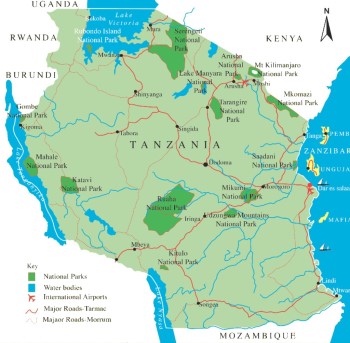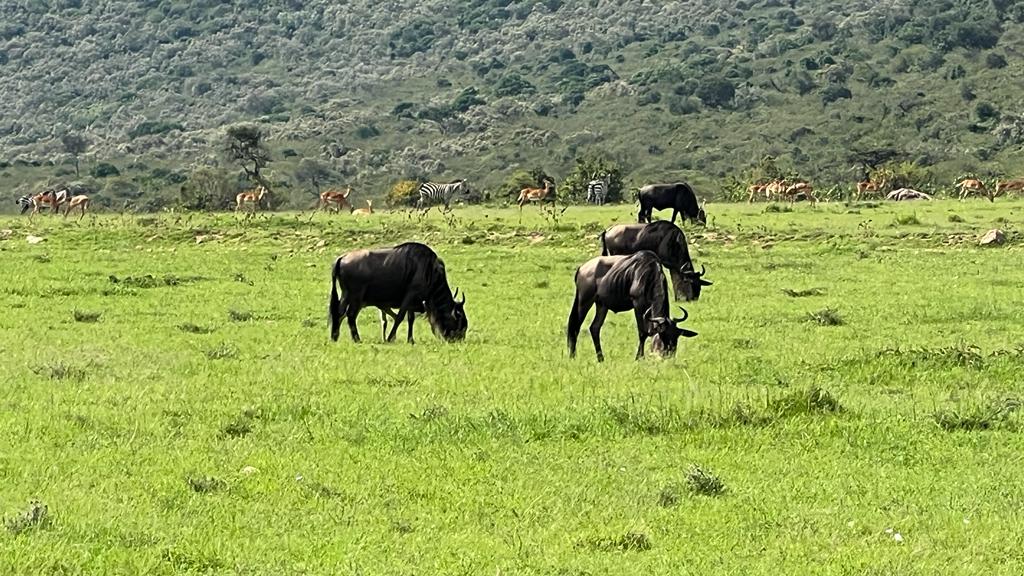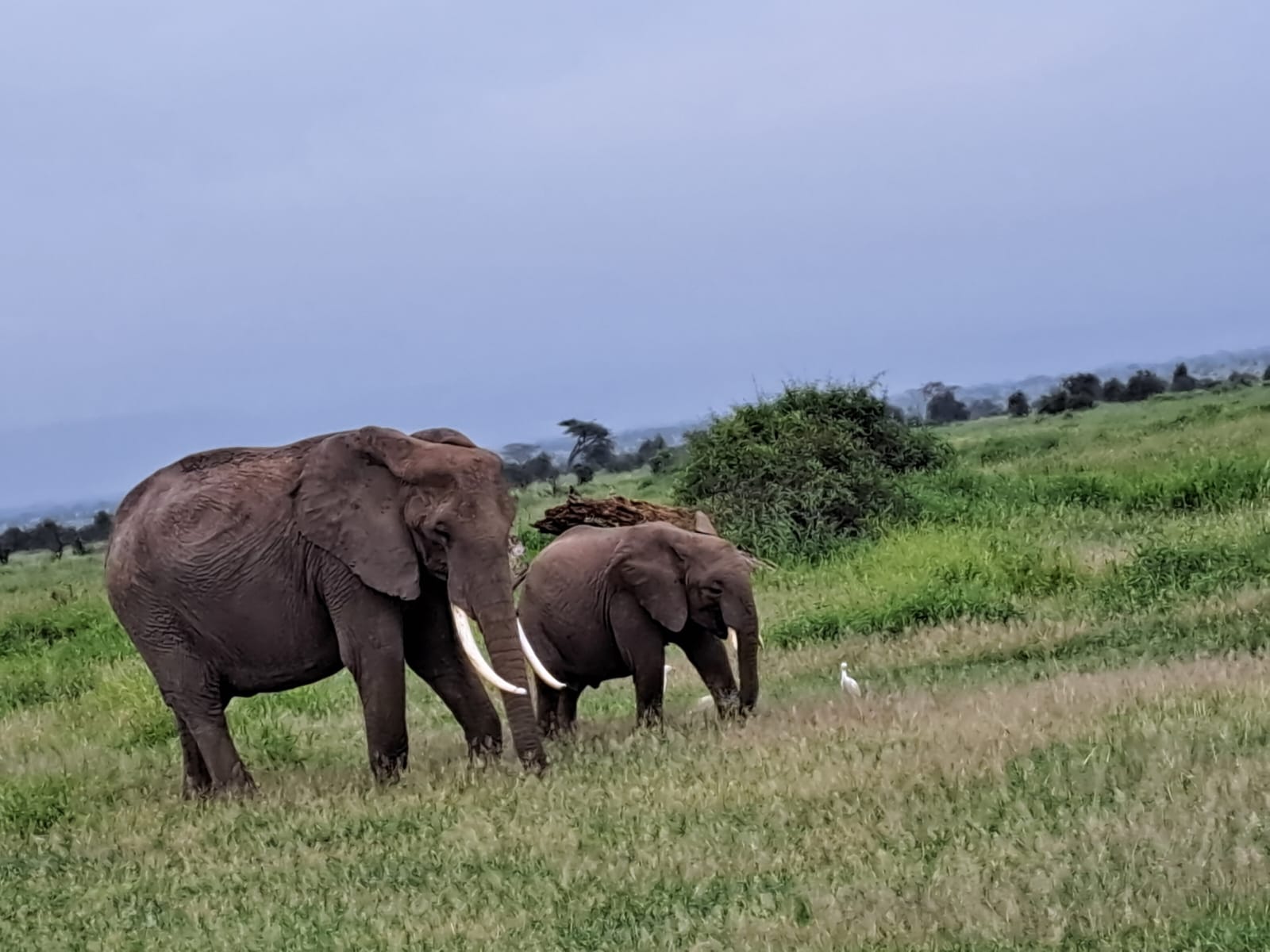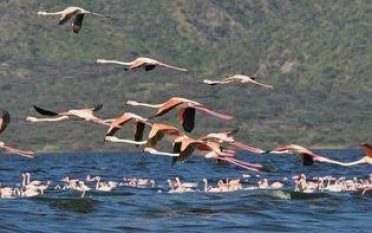NGORONGORO CONSERVANCY
It boasts the finest blend of landscapes, wildlife, people and archaeological sites
Towered alongside Mount Kilimanjaro nearly three million years ago as one of the highest peaks in Africa. Forged during the tumultuous birth of the Rift Valley, its volcanic top erupted at the time that ancient man first walked the plains. The Ngorongoro Conservation Area (NCA) covers some 8,300 sq km. It boasts the finest blend of landscapes, wildlife, people and archaeological sites in Africa. It is also a pioneering experiment in multiple land use. The concept of multiple land use in conservation perspective is a deviation from a traditional approach of regarding conservation as complete absenteeism of human interference.
Brief Insights
The crater is 610m deep and the floor is 260km squared. The steep sides of the crater mean that it has become a natural enclosure for a very wide variety of wildlife, including most of the species found in East Africa. Most of the lodges are built high on the crater rim and afford amazing views over and into the crater, the perfect location to watch the infamous African sunset.This is one of the most magnificent tourist destinations in Africa unparalleled in its distinguished scenic beauty, wildlife and atmosphere. The Ngorongoro Conservation Area (NCA) is an area situated 180km west of Arusha in the Crater Highlands region of Tanzania.Land in the conservation area is multi-use, it is unique in Tanzania as the only conservation area, providing protection status for wildlife whilst allowing human habitation. The NCA is usually visited on the return journey from the Serengeti to Arusha. Stunning views and unique landscape are a certainty when visiting this spectacular region.
A population of about 25,000 large animals, including the highest density of mammalian predators in Africa, lives in the crater. These include black rhinoceros, hippopotamuswhich are usually very uncommon in the area. There are also wildebeest, zebra, eland, Grants and Thomson’s gazelles.The crater has the densest known population of lion. On the crater rim are leopard, elephant, mountain reedbuck and buffalo. Lake Magadi, filled by the Munge river in the centre of the crater is, like many in the rift valley, a soda lake supporting flocks of flamingo and a variety of other water birds;. More than a 100 species of bird not found in the Serengeti have been found in the crater including; ostriches, kori bustards, secretary birds, and crowned cranes as well as vultures, egrets, herons and geese.The rainy season lasts from November through to May, with the dry season running from June through to October. June and July are the coldest months of the year. The rim of the crater is often shrouded in dense cloud that pours over the crater into the vastness below.










